Outlets can often stop working due to numerous reasons. But even though your outlets are not working at all, you may find that your lights still work as intended.
But why are outlets not working but lights are?
The answer could vary. As there are many causes that could prevent an outlet from working properly. Such as a tripped breaker, tripped GFCI outlet, loose wiring, damaged outlet, etc.
I will discuss throughout this article the issues behind a malfunctioning outlet, as well as provide you with a guide on how to fix the outlets of your household.
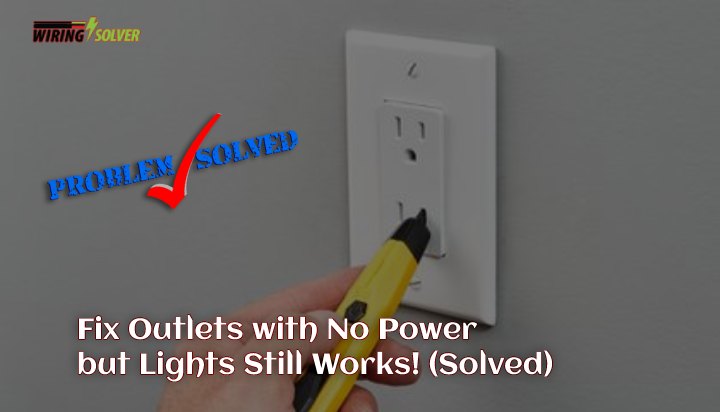
Why Do My Lights Work but Outlets Don’t?
The common cause behind this phenomenon is that the outlets and the light bulbs are on different circuits, and in turn, on separate breakers. Let’s elaborate below.
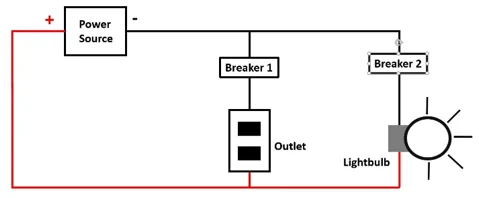
As can be seen from the diagram provided above (Fig 1), the outlets and the light bulbs are mostly always operated on separate circuitry, which are under separate breakers.
Therefore, it could be possible that the breaker connected to the outlet has been tripped, while the breaker connected to the light bulbs has not.
This leads to the situation where your lights will work properly, but your outlets will not operate as intended. So, why are outlets not working but lights are? You now know the cause.
What Can Cause an Outlet to Malfunction?
There may be several reasons causing your outlet to stop working. Such as a tripped breaker, faulty wiring, etc. The following are some of the most common causes behind a malfunctioning outlet.
Tripped Breaker:
Circuit breakers regulate how much power is distributed throughout a house. Usually, when a circuit trips, it’s because it’s overloaded. The circuit in issue, along with all of the outlets attached to it, loses power at this point.
Since each circuit has to be on separate breakers, it is possible that the circuit on which the outlet is placed has a tripped breaker. Which cuts off power from being supplied to the outlet.
Tripped GFCI Outlet:
GFCI outlets are a bit more special than regular outlets. They have two buttons on their faceplate, “SET” and “RESET”.
Once a GFCI outlet trips, it must be reset in order to make it work again. Simply pay attention to the outlet. If any button has popped up on the GFCI, that means that it has been tripped.
Tripped GFCI outlets will not supply power until they have been reset.
Loose or Faulty Wiring:
Wiring is the primary means of transfer of electricity. Electricity cannot travel correctly if the wiring is faulty or outdated. Faulty wiring might cause an outlet to stop operating.
If the wires connected to your outlet are loosened, electricity will fail to be supplied. The only way to be certain is to switch off your circuit breaker and remove your outlet’s front plate. Then you may remove the outlet and inspect the wires that are attached to it.
Burnt Out/Broken Outlet:
It could be very possible that the outlet has been damaged internally. Preventing it from working. There may be several reasons for an outlet to be broken.
- Overloading an outlet
- Short circuits
- Power surge
- Physical damage
- Wear and tear
In such cases, the outlet must be replaced. As fixing a bad or damaged outlet is not worth the time and effort.
How to Troubleshoot a Faulty Outlet?
There are several different approaches one might take to fix a faulty outlet. Such as rewiring, resetting the breaker, replacing the outlet, and so on. Let’s explore a few.
Troubleshooting a Faulty Outlet:
Resetting the Breakers:
As discussed before, due to electrical anomalies a breaker might have tripped, causing the power to be cut off from the outlet. Causing it to stop working.
The obvious solution in such a case is to turn the breaker on and check whether the power has come back or not.
You can use a non-contact voltage tester to check the outlet for power. If resetting the breaker does not fix the issue, you may have to look elsewhere.
Resetting the GFCI Outlet:
Sometimes GFCI outlets replace GFCI breakers. In such a case, you may have to reset your outlet.
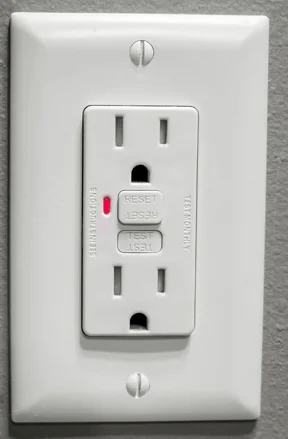
If you see the “RESET” button protruding (Fig 2) from your outlet’s face plate, it means that the outlet has been tripped and needs to be reset in order to function again.
Simply push the “RESET” button to regain the functionality of the outlet.
Rewiring the Outlet:
In case of faulty wiring or damaged wires, you may need to rewire the outlet. Outlets can also malfunction when nothing is plugged in.
The steps to rewiring an outlet are simple.
Steps to rewiring an outlet:
- Turn off the power from the main panel.
- Ensure that the power has been turned off using a voltage tester.
- Remove the cover plate of the outlet (if any) to gain access to the wiring.
- Remove the outlet from the wall cavity.
- Properly check the outlet and the wires for any type of damage or loose connections.
- Identify the issue and rewire.
- Secure the connections to ensure proper connectivity.
Replacing the Outlet:
In case the outlet has been burnt out, or simply reached the end of its life, it must be replaced.
Outlets are fairly cheap. But it is advised to go for a better quality of outlets, even if they may cost a bit more.
The installation procedure is quite simple. Similar to rewiring an outlet. However, you may also acquire the assistance of an electrician in case you feel confused by any procedures. As electrical systems may vary from one household to another.
Summary
Why are outlets not working but lights are? I hope you have gotten a clear answer to the question. Like all electronics and electrical components, outlets are also prone to malfunctions.
But I hope that this article has been able to help you remedy any issue you have been having with the outlets at your household. In case of any confusion, feel free to contact a professional.

![Outlet VS Socket VS Receptacle [Key Differences]](https://wiringsolver.com/wp-content/uploads/2022/05/Outlet-VS-Socket-VS-Receptacle.jpeg)
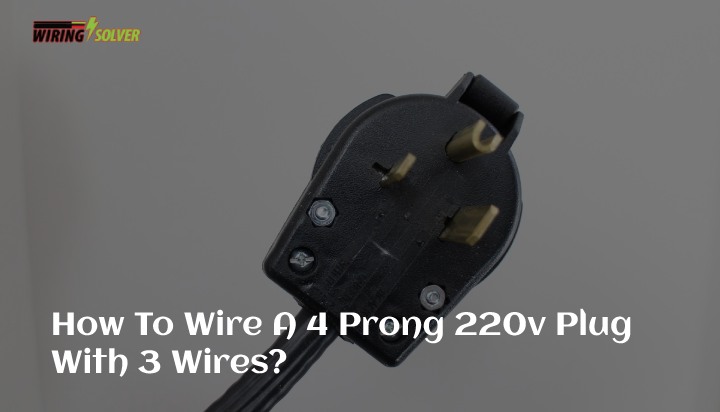
![GFCI Outlet RESET Button Won’t Stay In When Pushed [Solved]](https://wiringsolver.com/wp-content/uploads/2023/02/GFCI-Outlet-RESET-Button-Wont-Stay-In-When-Pushed.jpeg)
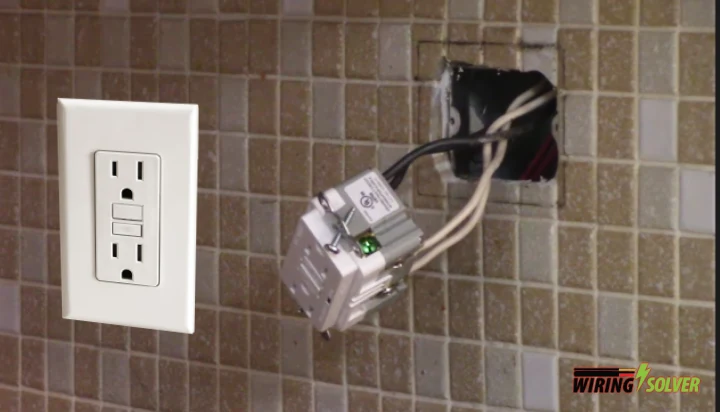
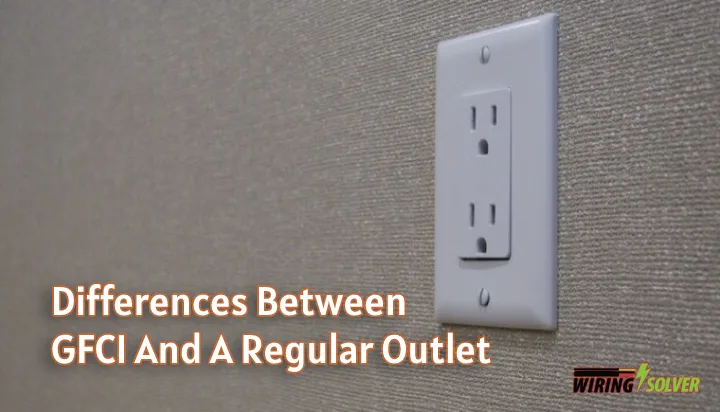
![Dead Outlets: Are They Dangerous? [Solved]](https://wiringsolver.com/wp-content/uploads/2022/07/is-a-dead-outlet-dangerous.webp)